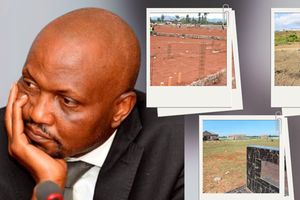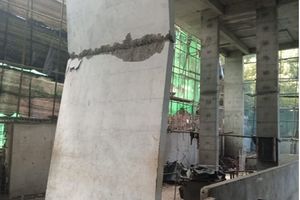Premium
Elders discuss MoU to end Kenya-Ethiopia border conflicts
Kenya and Ethiopia share a 779 km border which is largely porous. People along this border are disadvantaged in terms of development, political participation, economic inclusion, infrastructure, and other public services.
Moreover, they grapple with cross-border inter-community conflicts, which are exacerbated not only by Ethiopia’s political volatility and low economic inclusion, but also perpetuated by border insurgents who engage in illicit trade, human, drug trafficking, cattle rustling, and arms smuggling.
Areas mostly affected by cross-border conflicts include Meti, Golole, Ele Dimtu, Forole, Magado, Dukana, Sabare, Illeret, Moyale, Sololo, Somare, El Hadi and Balesaru, among others.
To address these cross-border conflicts, which have continued due to weak relationships between the central governments and frontier regions, councils of elders drawn from both sides are now drumming up support for an MoU that will see the conflicts resolved amicably.
Permanent solutions
Speaking during a cross-border peace meeting on Sunday, Moyale Constituency Council of Elders Chairperson Galmah Dabaso called for concerted efforts by the governments and residents of the adjacent cross-border areas to come up with permanent measures that will avert further conflicts.
“We call for all stakeholders to have concerted efforts with the aim of restoring permanent peaceful coexistence among the communities living adjacent to the borders,’’ Mzee Dabaso said.
He said that the governments of Kenya and Ethiopia can do more to mitigate conflict, encourage peacebuilding and provide workable development in the border regions.
The meeting, which brought together 25 delegates from the two neighbouring nations, came up with policy recommendations on how regional and international organisations and the governments of Ethiopia and Kenya can reduce cross-border inter-community conflicts and improve the livelihoods of borderland communities.
The delegations wondered why governments do not act until they find themselves in an uncomfortable situation.
Mzee Dabaso called on both sides to arrive at a long-lasting solution.
Asha Golicha from Habale in Ethiopia said there was a need for the formation of cross-border committees and harmonised and formalised laws recognised by both governments.
Scramble for resources
According to the Communities Initiative Facilitation and Assistance (CIFA) Director Adan Waqo, the disputes across borders, by their very nature, involve at least the threat and most likely the lure of escalation, of conflict beyond boundaries.
He said that they were working closely with the African Union (AU) and the government of German through GIZ to draft an MoU that would define the inter-community relations across the border.
He held that most of the conflicts were triggered by a scramble for resources, cattle rustling and livestock black markets that thrive in Ethiopia.
He said there was wanton land grabbing along the riparian zones of Somare and Dhambe by residents of the areas adjacent to the borderlands.
He recommended that both governments, AU and IGAD adopt the MoU document that will see the formation of clusters of elders and committees from both sides as well as frequent seasonal meetings among the communities living on the adjacent cross-border areas.
Additionally, they also proposed the creation of grazing zones for wet and dry seasons, creation of trans-human and livestock routes, harmonised by-laws and governance of the cross-border natural resources.
Council of elders from the Borana community and their political leadership Gadha, Gabbra’s Ayyah, and the Somali’s Ugash have been approached to bolster efforts to end cross-border conflicts.
The cross-border peace lobbies are anticipated to continue for the next three months, then the MoU will be submitted to the governments of Kenya and Ethiopia, AU and IGAD.





